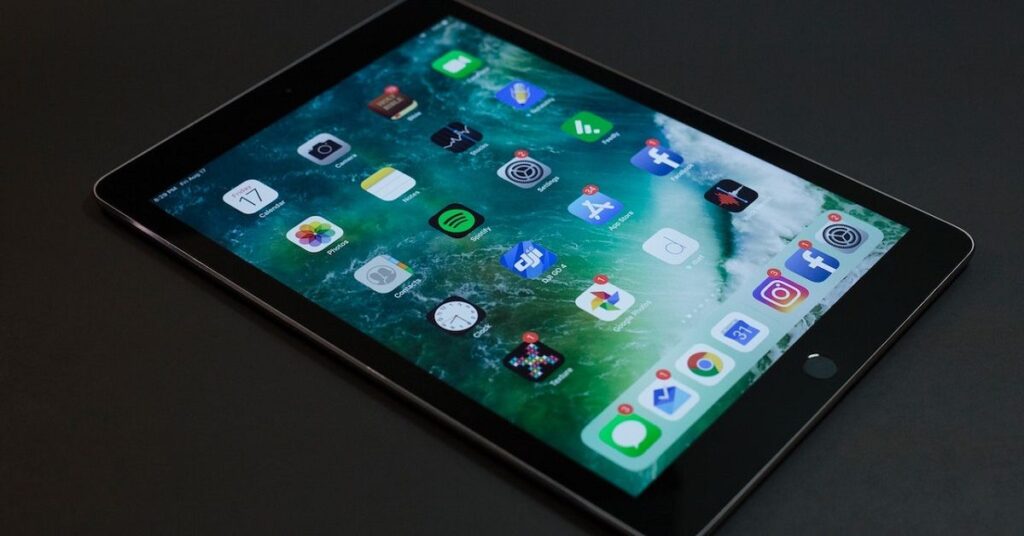When it comes to flying, having a reliable and high-quality display is crucial. That’s why many pilots prefer to use smartphones with IPS (In-Plane Switching) screens. These screens offer a range of benefits that make them ideal for use in the cockpit, from their accurate color reproduction and wide viewing angles to their brighter display and better outdoor visibility. In this blog post, we’ll take a closer look at why IPS screens are so well-suited for flying and how they can help pilots make more informed decisions during a flight.
IPS (In-Plane Switching) screens are known for their good color reproduction, wide viewing angles, and high level of image quality. They are widely used in high-end smartphones and other mobile devices because they offer a more accurate and consistent display compared to other types of screens such as TN (Twisted Nematic) or OLED (Organic Light-Emitting Diode).
IPS screens have a better color accuracy and wider viewing angles as they use a different type of liquid crystal molecule that allows for more light to pass through. This means that colors will look more true-to-life and consistent, regardless of the angle from which you’re viewing the screen. Additionally, IPS screens tend to have a brighter display and better outdoor visibility, which makes them ideal for use in bright environments.



